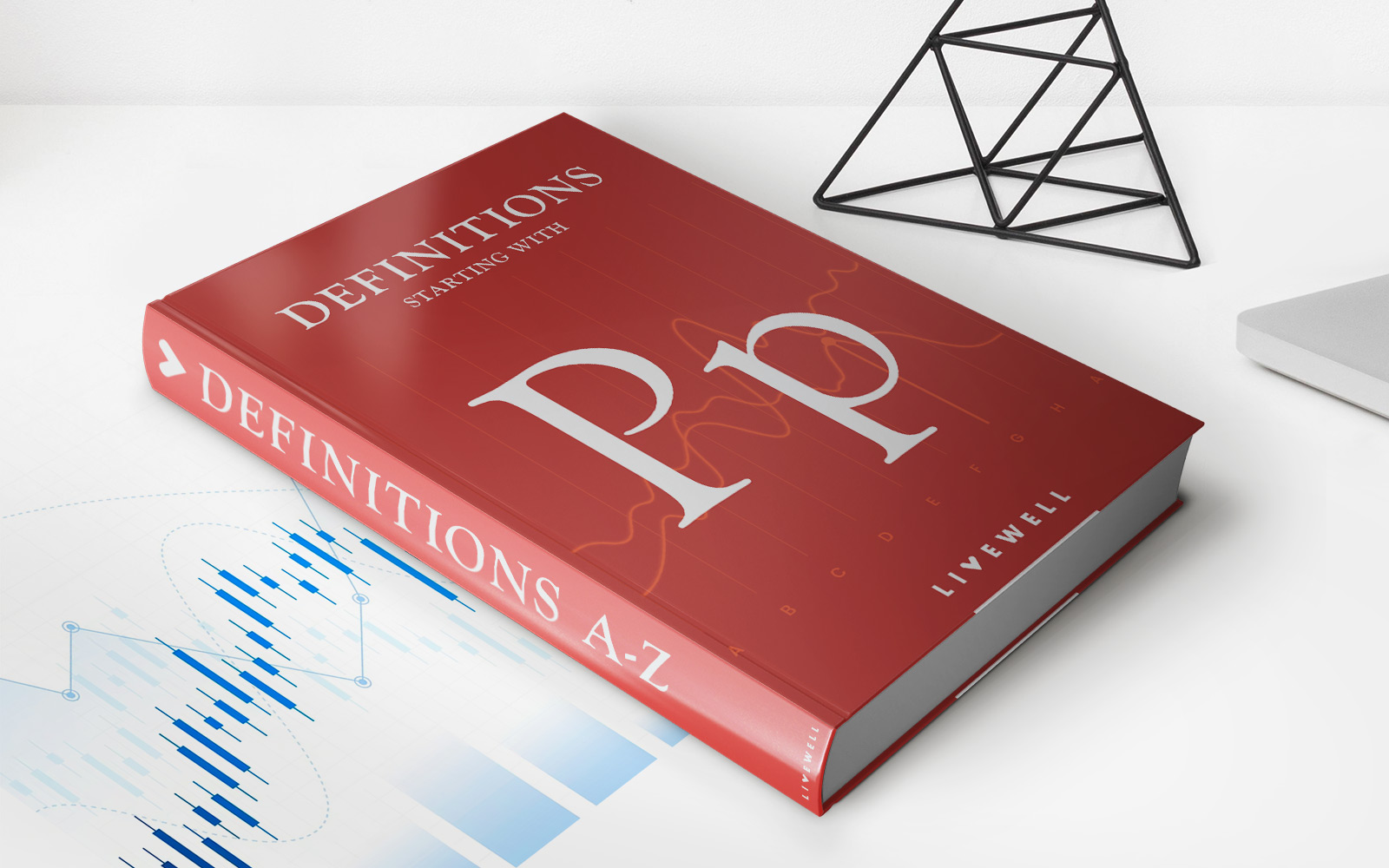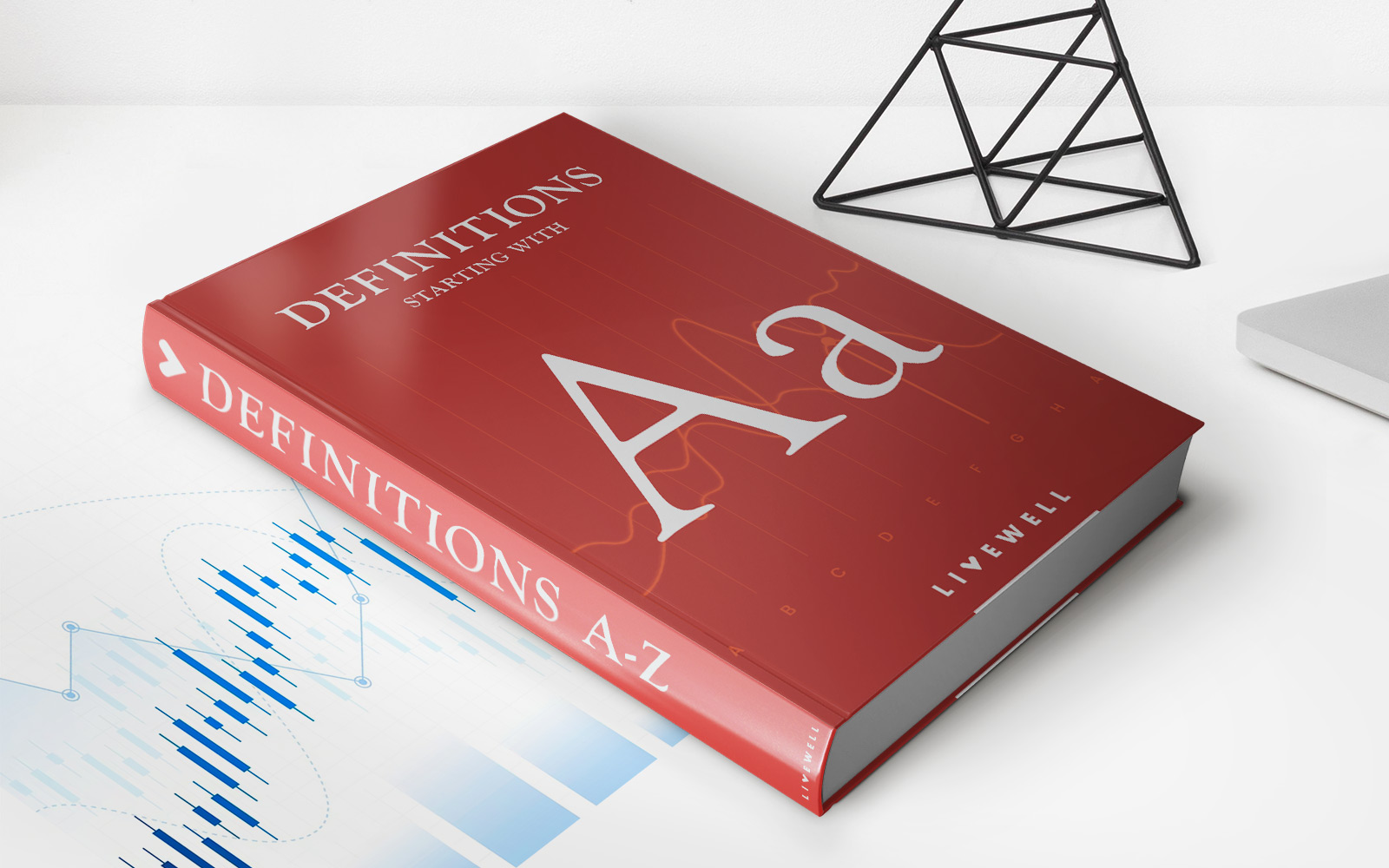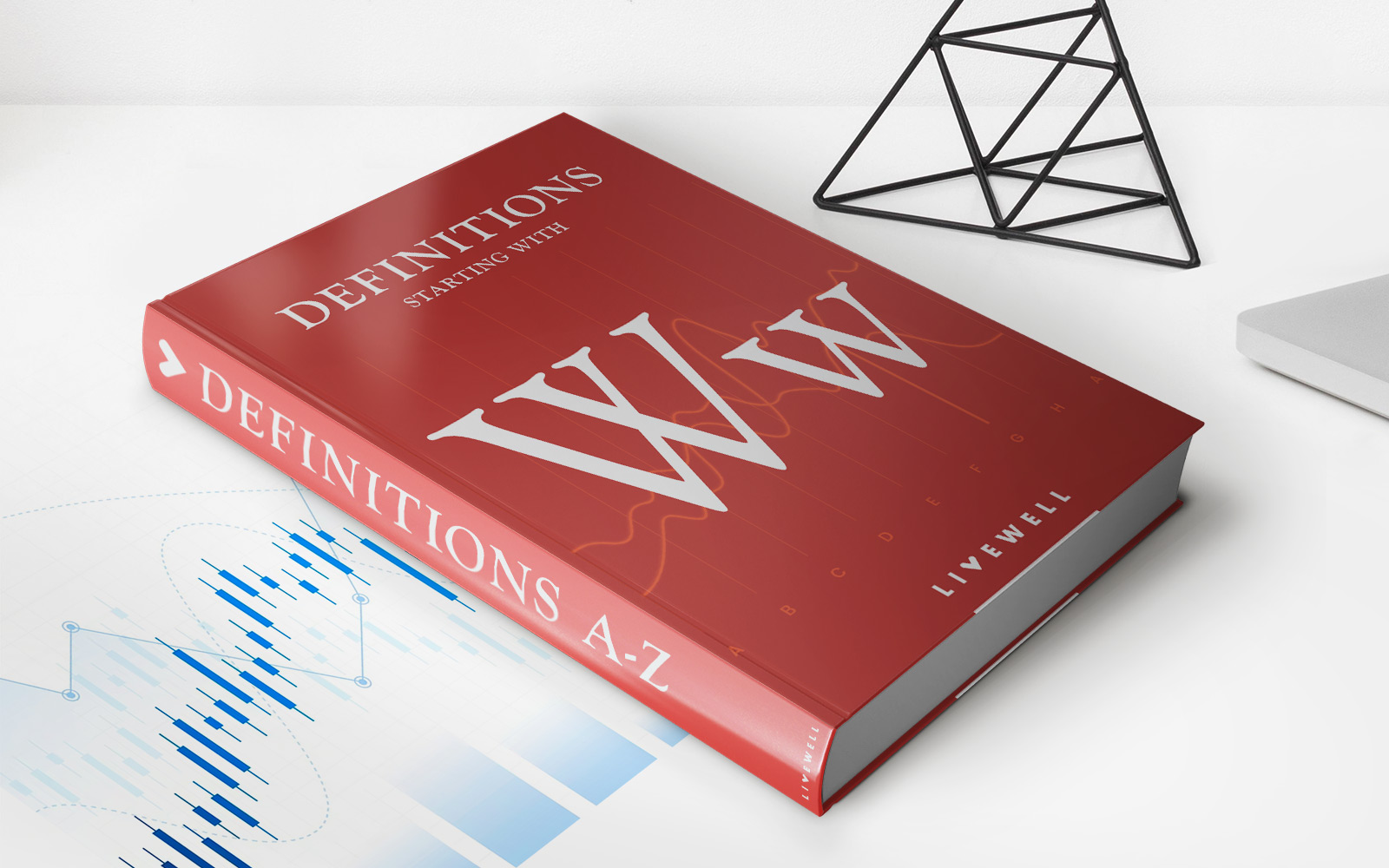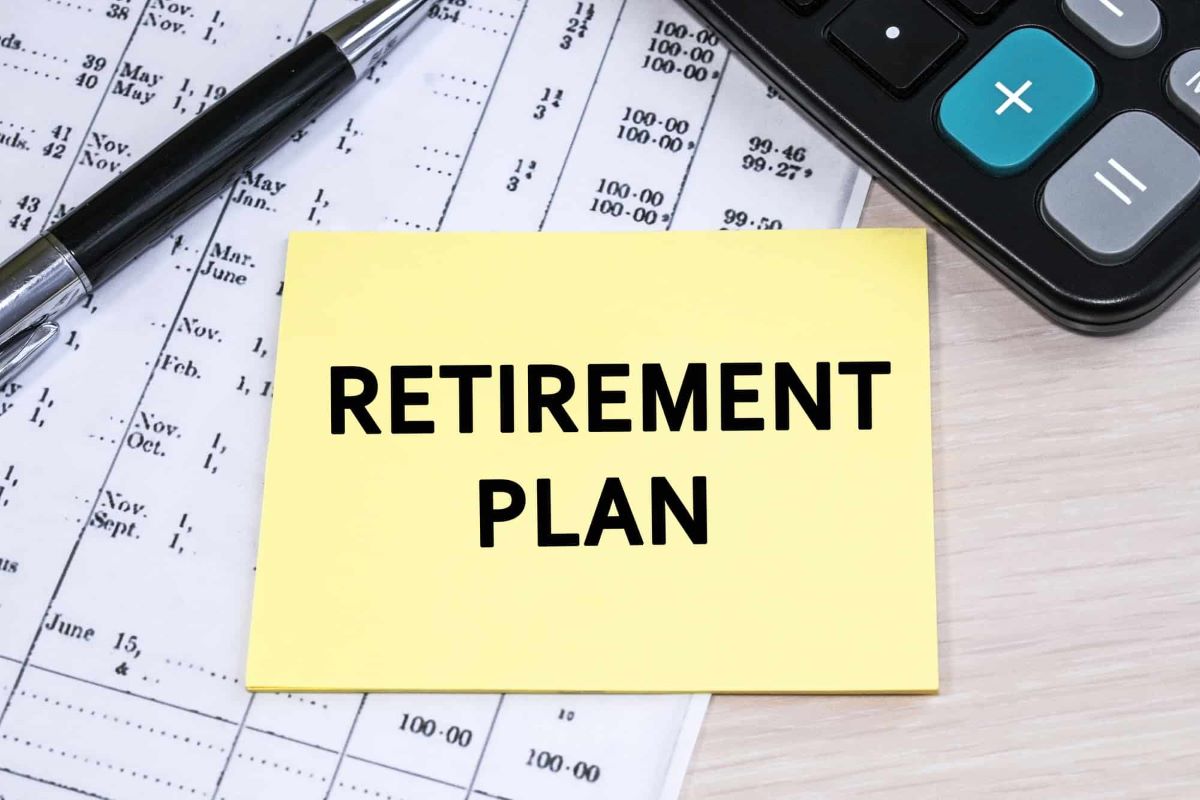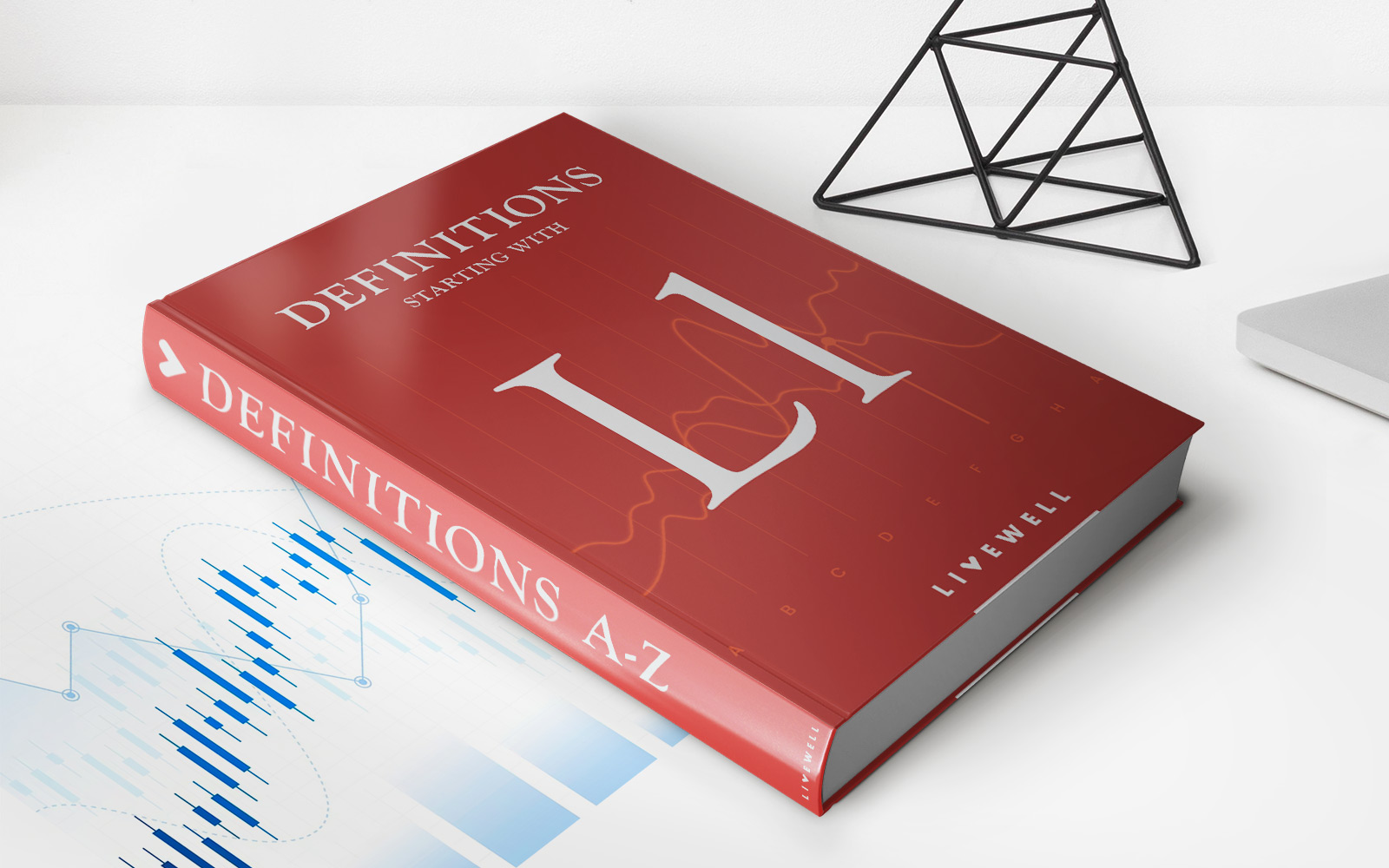Home>Finance>Pension Adjustment: Definition And Types Of Plans
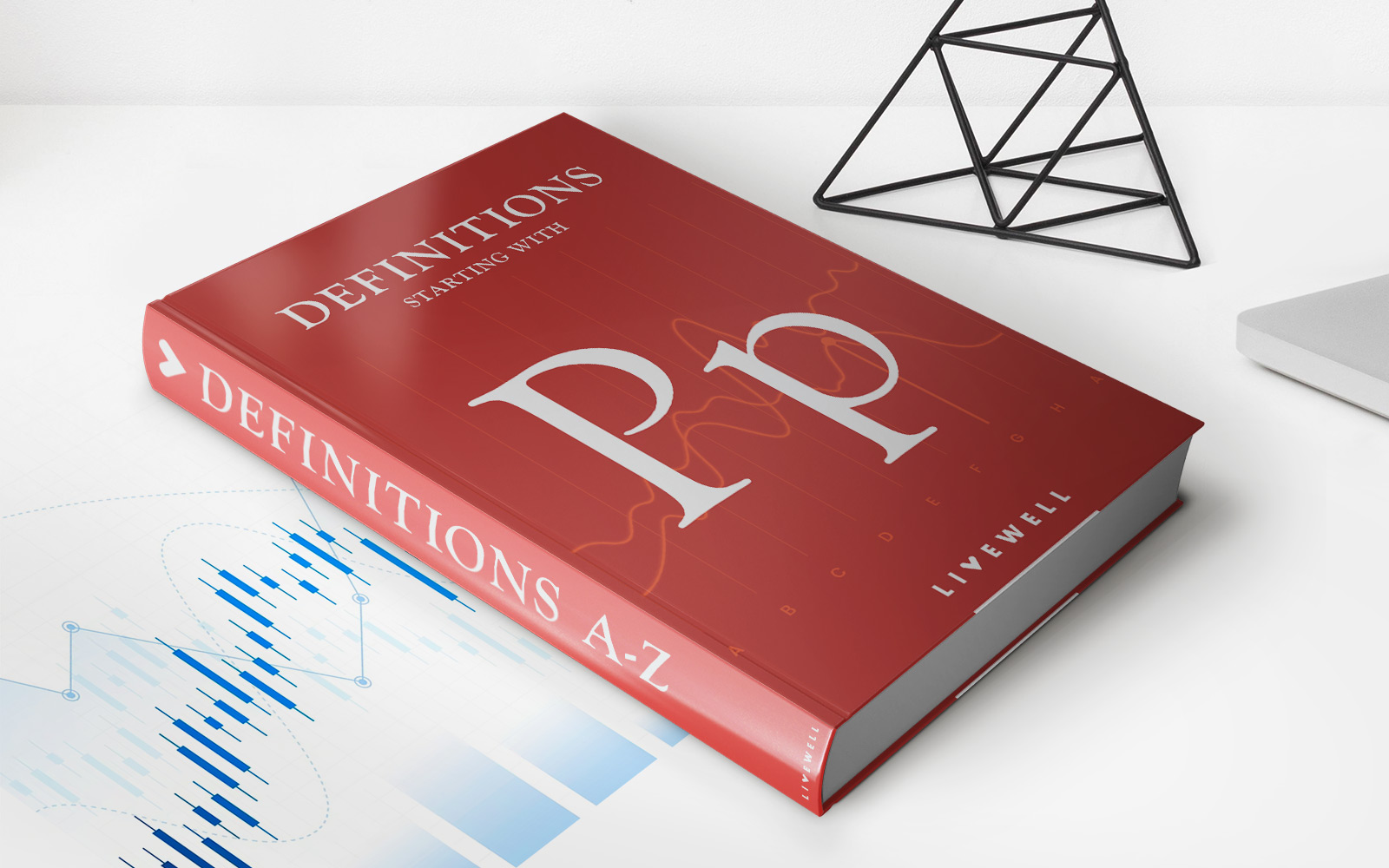

Finance
Pension Adjustment: Definition And Types Of Plans
Published: January 7, 2024
Learn about pension adjustment and the various types of plans in the realm of finance. Gain insight into the definition and importance of these retirement savings options.
(Many of the links in this article redirect to a specific reviewed product. Your purchase of these products through affiliate links helps to generate commission for LiveWell, at no extra cost. Learn more)
Understanding Pension Adjustment: Definition and Types of Plans
When it comes to securing a comfortable retirement, planning ahead is crucial. One aspect of retirement planning that often gets overlooked is understanding pension adjustments and the different types of plans available. In this article, we will dive into the world of pension adjustments, providing you with a clear definition and an overview of the various types of pension plans.
Key Takeaways:
- A pension adjustment is a calculation used to determine the amount of registered pension plan (RPP) benefits that can be contributed on a tax-free basis.
- The two main types of pension plans are defined contribution (DC) plans and defined benefit (DB) plans, each with its own unique characteristics.
What is Pension Adjustment?
Pension adjustment refers to a calculation used in determining the amount of registered pension plan (RPP) benefits that can be contributed on a tax-free basis. This calculation takes into account factors such as an employee’s annual earnings and the benefits accrued under their employer-sponsored pension plan.
Put simply, the pension adjustment helps ensure that individuals do not exceed the maximum allowable contributions to their pension plans. By calculating the pension adjustment, individuals can avoid potential tax implications and ensure compliance with pension plan rules.
Types of Pension Plans
There are two main types of pension plans commonly offered by employers: defined contribution (DC) plans and defined benefit (DB) plans. Let’s take a closer look at each:
1. Defined Contribution (DC) Plans:
In a defined contribution plan, both the employer and employee contribute a specific amount of money into an individual account. The amount contributed by the employer is usually a percentage of the employee’s salary. The employee’s retirement benefits are based on the accumulated contributions, investment returns, and the individual’s investment decisions.
Key features of defined contribution plans include:
- Portability: Employees can typically take their accumulated contributions with them if they change jobs.
- Investment Choice: Individuals have the freedom to choose how their contributions are invested, offering a level of control over their retirement savings.
- Variable Retirement Income: Retirement benefits are not predetermined, as they are based on the contributions and investment returns. The final retirement income may vary depending on market performance.
2. Defined Benefit (DB) Plans:
A defined benefit plan guarantees a specified retirement benefit based on a formula that considers factors such as the employee’s salary history and years of service with the employer. Employers bear the investment risks and are responsible for providing the promised benefits to retirees.
Key features of defined benefit plans include:
- Guaranteed Retirement Income: Employees receive a predetermined retirement income based on the plan’s formula, regardless of investment returns.
- Employer Responsibility: Employers are responsible for managing the plan’s investments and ensuring the ability to fulfill the promised benefits.
- Long-term Security: Defined benefit plans provide individuals with a sense of security, as their retirement income is not affected by market fluctuations.
It’s worth noting that some plans may incorporate elements of both defined contribution and defined benefit features, offering a hybrid approach that combines certain aspects of each plan type.
By understanding pension adjustment and the different types of pension plans, you can make informed decisions about your retirement savings. Whether you opt for a defined contribution or defined benefit plan, the key is to start saving early to secure a comfortable future.


